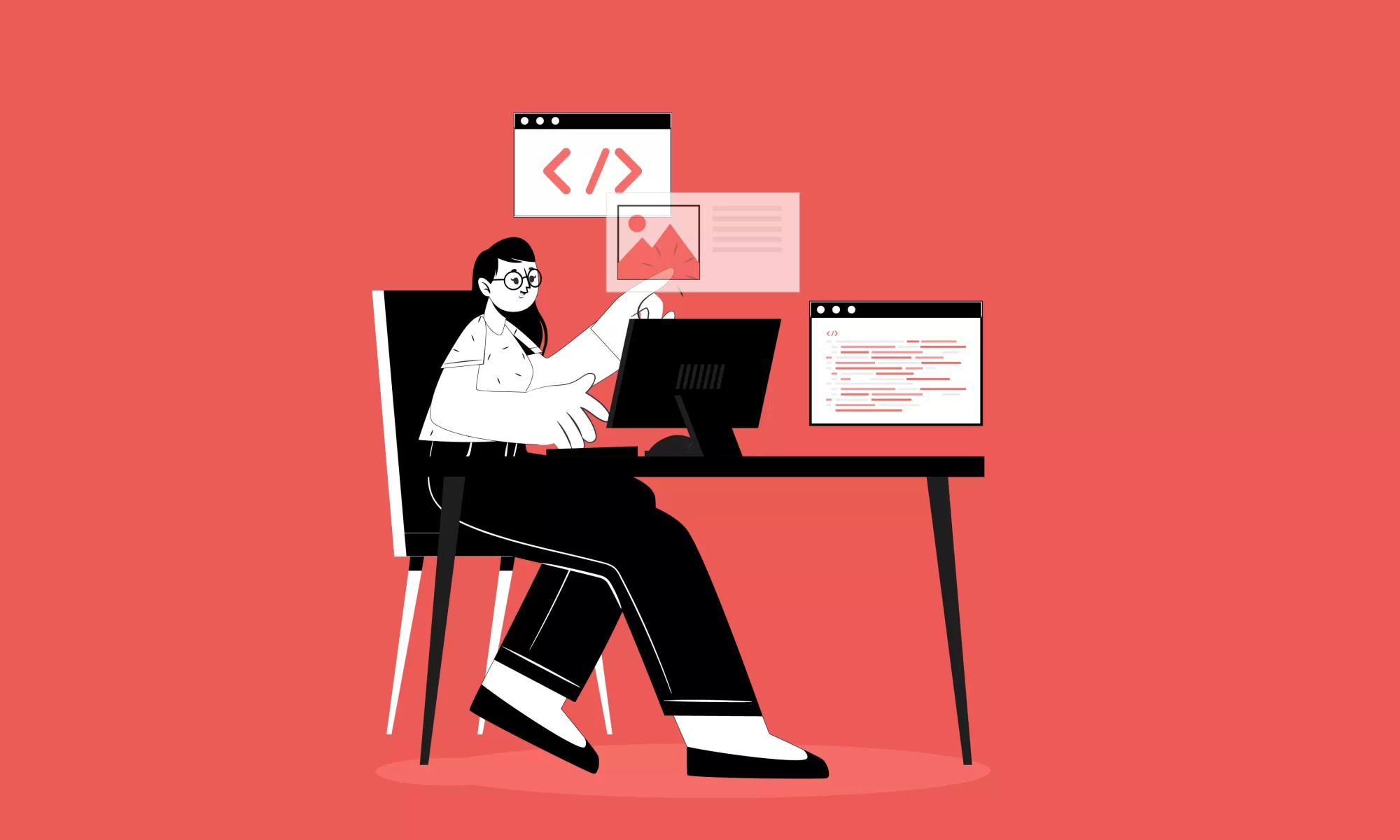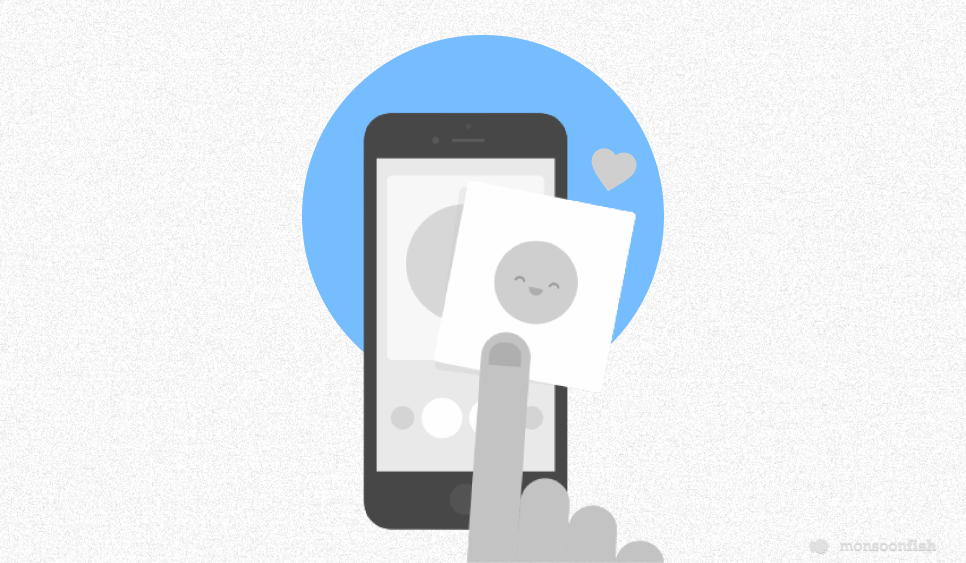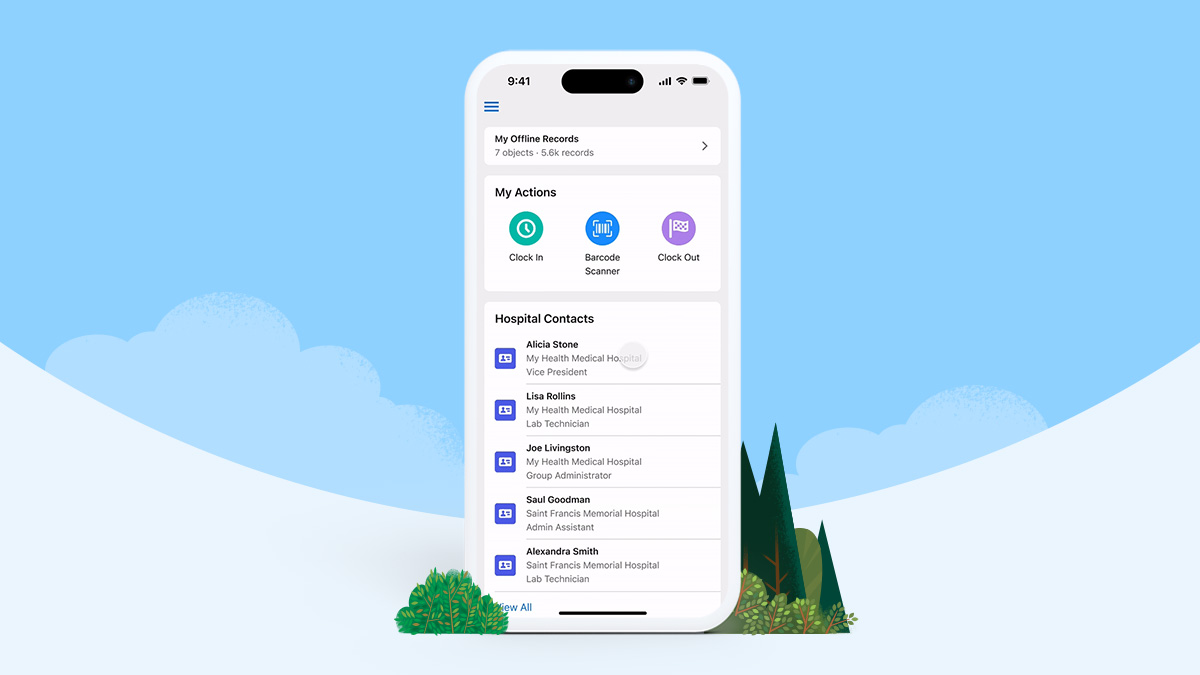Introduction
In today’s digital era, mobile applications have become an essential tool for businesses across industries. Whether you’re a startup, SME, or large enterprise, having a custom mobile app can significantly enhance your brand presence, customer engagement, and revenue. London, being a global tech hub, offers ample opportunities for businesses looking to develop custom mobile applications.
This guide will walk you through everything you need to know about custom mobile app development in London, from understanding the process to choosing the right development partner.
Why Choose Custom Mobile App Development?
Custom mobile apps provide tailored solutions that align with your business objectives. Unlike off-the-shelf solutions, custom apps offer:
- Enhanced Performance: Optimized for your business needs, ensuring a seamless user experience.
- Scalability: Easily adaptable to accommodate future business growth.
- Better Security: Developed with custom security features to protect sensitive data.
- Integration with Existing Systems: Seamlessly connect with existing business software like CRM and ERP systems.
- Competitive Edge: Unique features that differentiate your business from competitors.
Key Stages of Custom Mobile App Development
1. Requirement Analysis & Planning
- Define your business goals and objectives.
- Identify your target audience and their needs.
- Conduct market research and competitor analysis.
- Decide on essential features and functionalities.
2. UI/UX Design
- Create wireframes and prototypes.
- Focus on user-friendly design and intuitive navigation.
- Ensure accessibility and responsiveness across devices.
3. Development & Coding
- Choose the right technology stack (native, hybrid, or cross-platform development).
- Develop frontend and backend functionalities.
- Implement API integrations and database management.
4. Testing & Quality Assurance
- Conduct functional, usability, and security testing.
- Perform performance and compatibility testing across multiple devices.
- Fix bugs and optimize app performance.
5. Deployment & Launch
- Publish the app on Google Play Store and Apple App Store.
- Ensure compliance with platform-specific guidelines.
- Monitor user feedback and analyze performance metrics.
6. Maintenance & Updates
- Regularly update the app to fix bugs and improve functionality.
- Add new features based on user feedback.
- Ensure compatibility with the latest OS versions.
Choosing the Right Mobile App Development Company in London
With numerous app development companies in London, selecting the right one can be challenging. Here’s what to consider:
- Experience & Expertise: Check the company’s portfolio and past projects.
- Client Reviews & Testimonials: Look for client feedback on platforms like Clutch and Google Reviews.
- Technical Proficiency: Ensure they have expertise in relevant technologies such as iOS, Android, Flutter, React Native, etc.
- Post-Launch Support: Choose a company that offers long-term maintenance and support services.
- Cost & Budget: Compare pricing models and ensure transparency in development costs.
Popular Industries for Mobile App Development in London
London’s diverse business ecosystem has a high demand for mobile apps across various industries:
- E-commerce & Retail: Custom apps for seamless shopping experiences.
- Finance & Fintech: Secure mobile banking and investment apps.
- Healthcare: Telemedicine, fitness, and health-tracking apps.
- Real Estate: Property listing and virtual tour applications.
- Education & E-learning: Online learning platforms and interactive courses.
- On-Demand Services: Taxi, food delivery, and home service applications.
Cost of Custom Mobile App Development in London
The cost of developing a mobile app depends on several factors:
- Complexity & Features: Basic apps start from £10,000-£20,000, while complex apps may exceed £100,000.
- Platform Choice: Native apps cost more than cross-platform solutions.
- Development Team: Hiring a top-tier agency is costlier than working with freelancers.
- Third-Party Integrations: Additional costs for integrating APIs, payment gateways, etc.
Future Trends in Mobile App Development
To stay competitive, businesses must embrace the latest trends in mobile app development:
- AI & Machine Learning: Personalized user experiences and chatbots.
- Augmented Reality (AR) & Virtual Reality (VR): Immersive applications for retail and real estate.
- Blockchain Technology: Secure transactions and decentralized apps.
- 5G Technology: Faster app performance and real-time capabilities.
- IoT Integration: Smart home and connected device applications.
Conclusion
Custom mobile application development in London presents a wealth of opportunities for businesses looking to innovate and expand. By choosing the right development partner and keeping up with emerging trends, you can build a powerful mobile app tailored to your unique business needs. Whether you’re a startup or an established enterprise, investing in a custom mobile app is a strategic move that can drive growth and success in today’s digital landscape.
Need expert guidance on mobile app development in London? Contact us today to turn your vision into reality!




